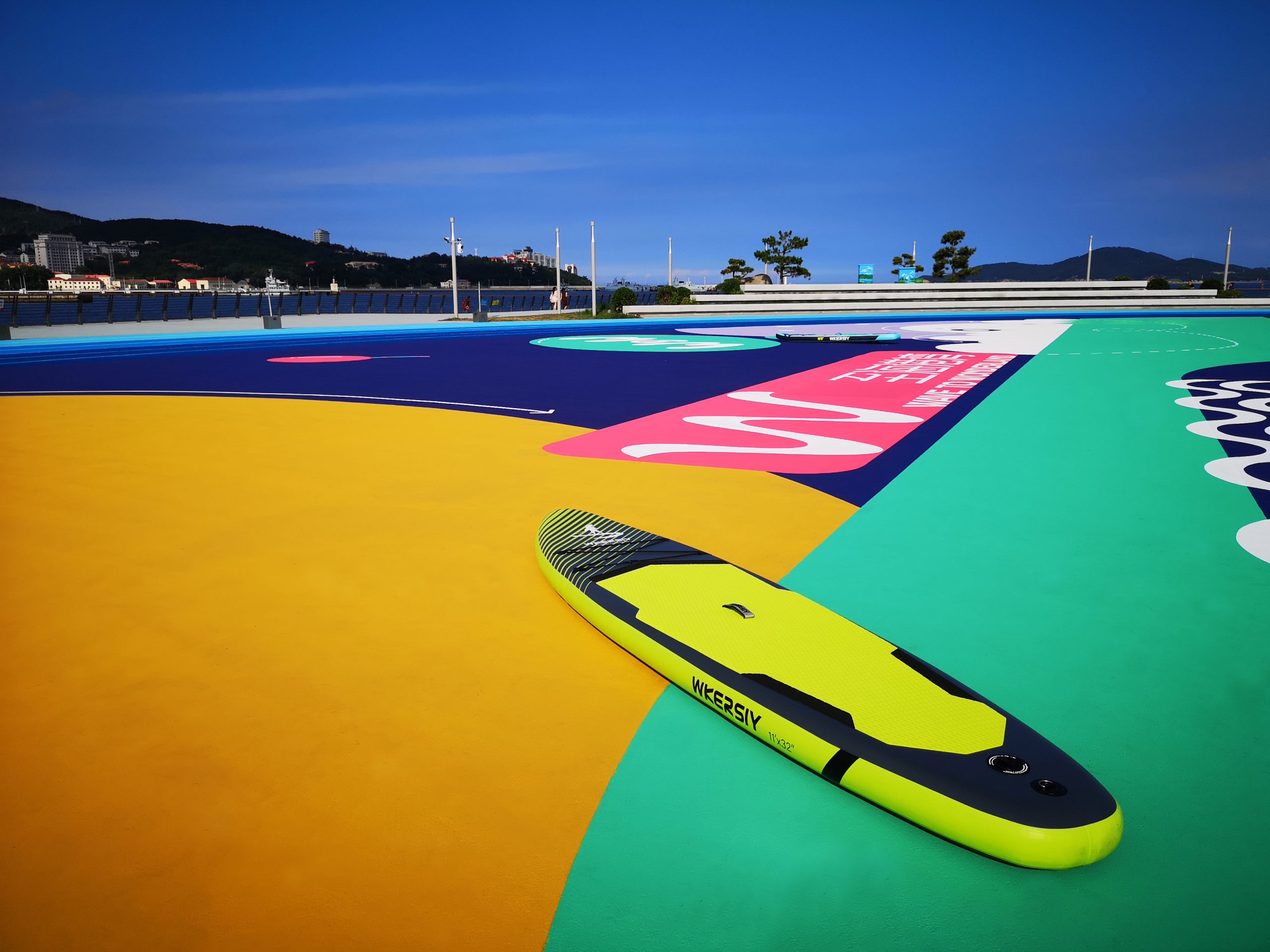
Should You Keep Your Inflatable Paddle Board Inflated When Not in Use?
Short answer: Yes — you can keep an inflatable paddle board inflated between uses, provided you store it properly. Inflatable SUPs are built from robust materials designed to hold air for long periods, so leaving them inflated often makes day-to-day use easier. That said, there are smart precautions and occasional maintenance steps that extend the board’s life and keep it performing well.
What are inflatable SUPs made of?
Modern inflatable paddle boards are usually constructed from multi-layer PVC with drop-stitch cores. These materials are far tougher than pool toys and are engineered to resist punctures, UV exposure and repeated inflation cycles. Because of that durability, a well-made board can safely remain inflated for months when stored correctly.
Benefits of leaving your board inflated
- Convenience: It’s faster to grab and go — no pump needed before every session.
- Less wear from repeated inflation: Constantly pumping and deflating can accelerate wear around valves and seams.
- Ready for quick rentals or frequent use: Boards kept inflated are easier for rental fleets or households that paddle often.
Important storage and safety tips
Keeping a board inflated is fine, but follow these practical steps to protect it:
- Store indoors out of direct sunlight. UV and heat are the biggest long-term enemies — prolonged sun exposure can weaken or deform PVC.
- Keep it off the ground. Use a rack, saw-horses or wall mounts so the board doesn’t pick up dirt, moisture or sharp objects from floors.
- Rinse and dry before storage. Freshwater rinse salt and sand after use, then dry fully to prevent mildew and corrosion of accessories.
- Check pressure periodically. Temperature changes can affect PSI. Top up the board if it feels soft, but avoid overinflation.
- Loosen pressure slightly for long-term indoor storage. Letting a small amount of air out can relieve constant seam tension without fully deflating the board.
- Store hull-to-wall or with gentle support. Positioning the board hull side to the wall helps distribute stress away from more delicate seams.
- Avoid damp or freezing locations. Excessive moisture encourages mold; extreme cold can make PVC brittle.
When it’s better to deflate
Although leaving a board inflated is generally safe, there are situations when deflating is the smarter option:
- If you won’t use the board for several months and space is limited — deflating and storing it in a dry bag saves space and reduces long-term seam stress.
- Before traveling or packing it into luggage — a deflated board is far easier to transport.
- If you suspect a slow leak or damage — deflate, inspect, and repair before storing or re-inflating.
Quick maintenance checklist
- Rinse with fresh water after each use.
- Dry fully before storing.
- Inspect valves and seams every few months.
- Top up air to recommended PSI when needed, using a reliable pump with gauge.
- Patch any small punctures promptly with a proper repair kit.
Conclusion
Keeping your inflatable paddle board inflated between sessions is convenient and safe if you follow a few basic storage and care rules. Modern SUPs are made to be durable — but good habits (shade, dryness, gentle support and regular checks) will keep your board performing and extend its service life. If you paddle frequently, leaving the board inflated is often the practical choice; if you plan long-term storage or travel, deflate and pack it carefully.
